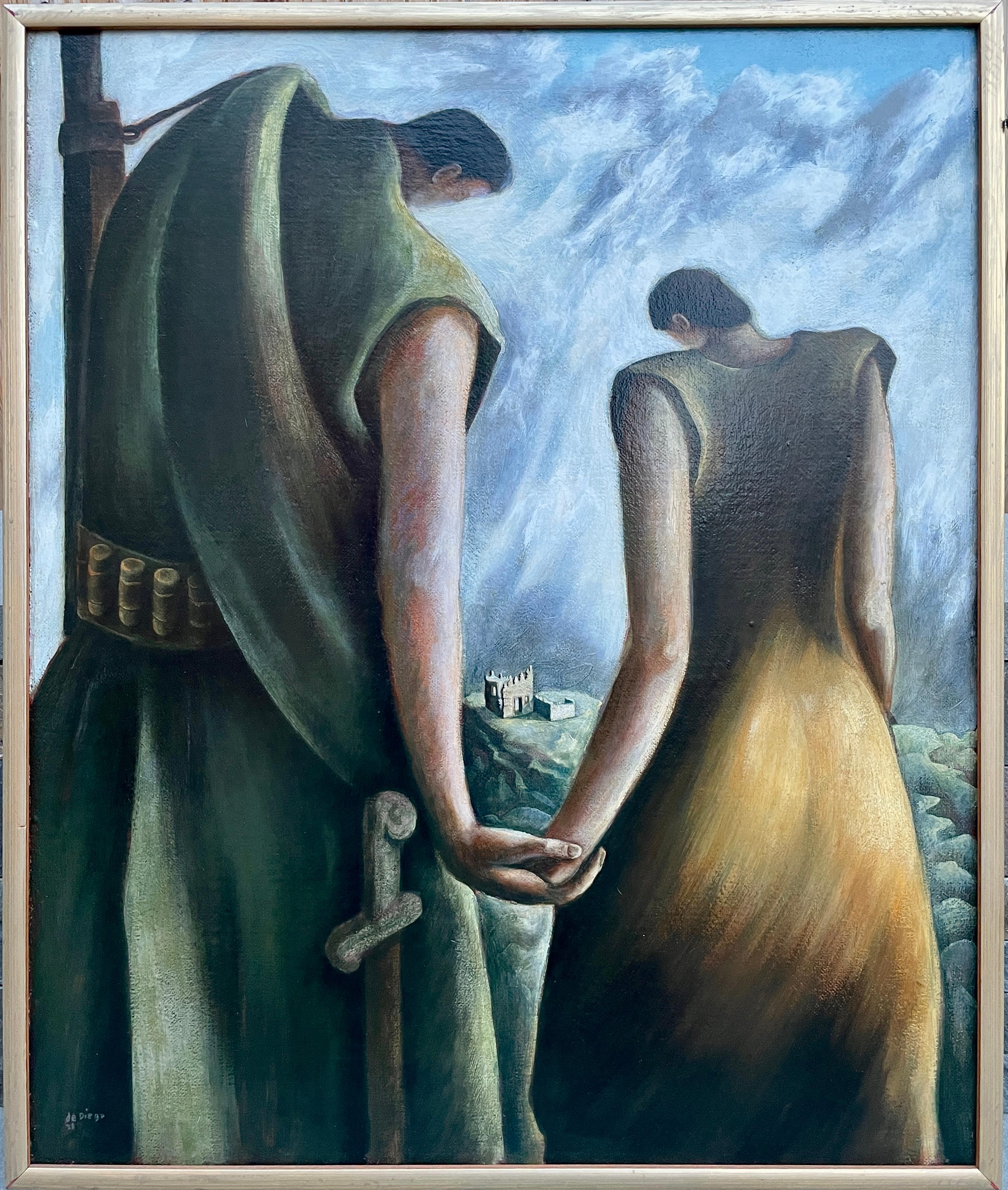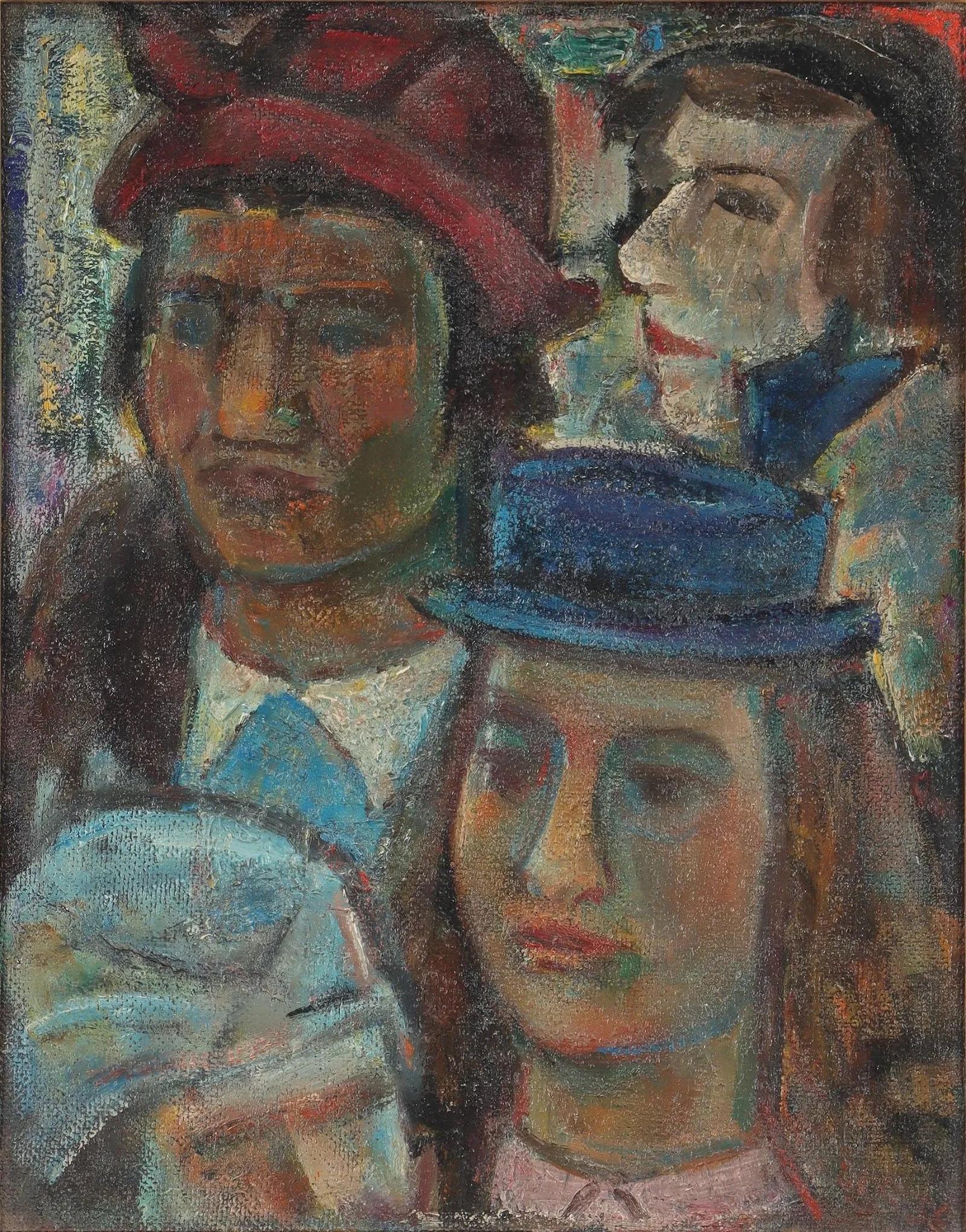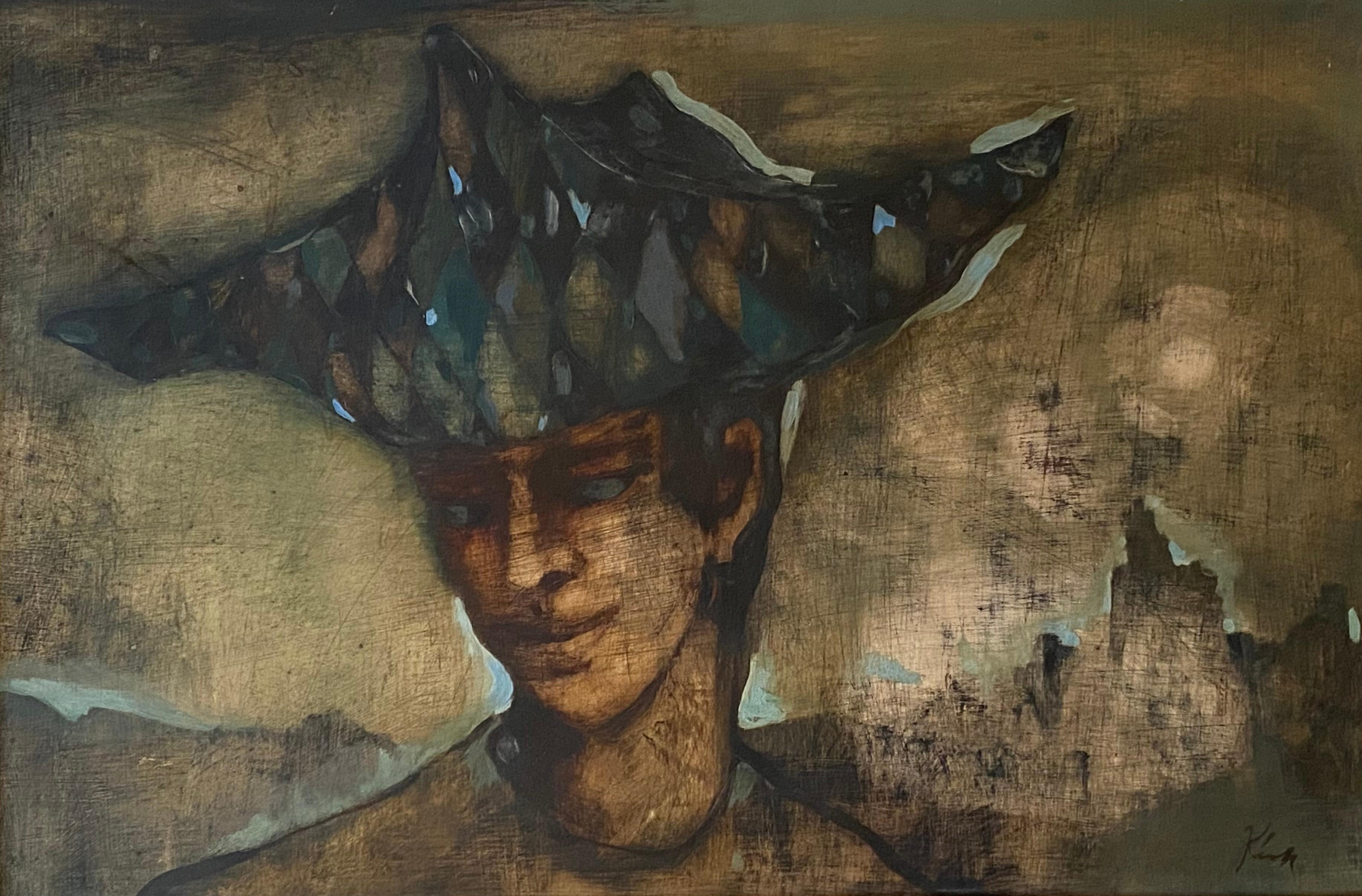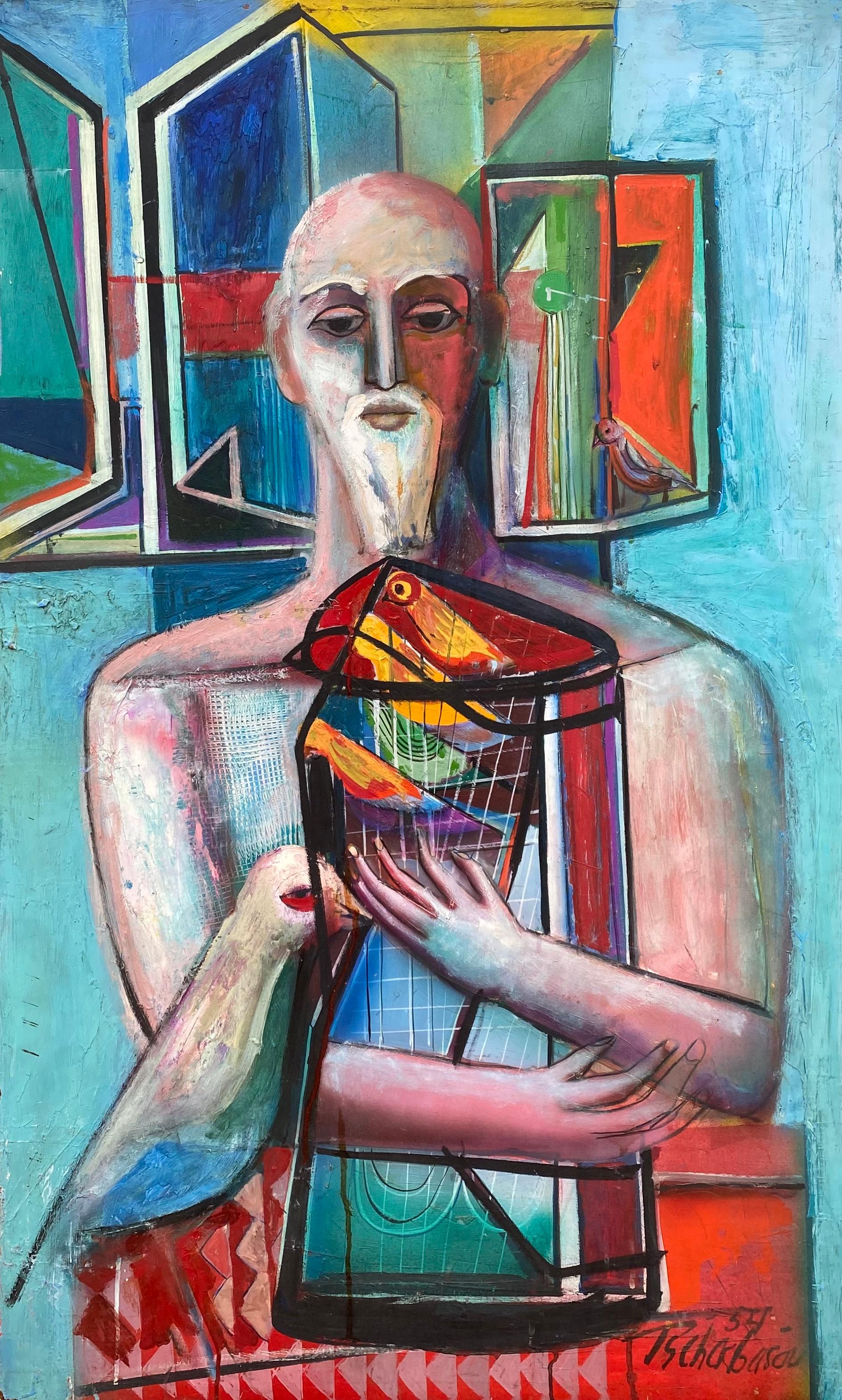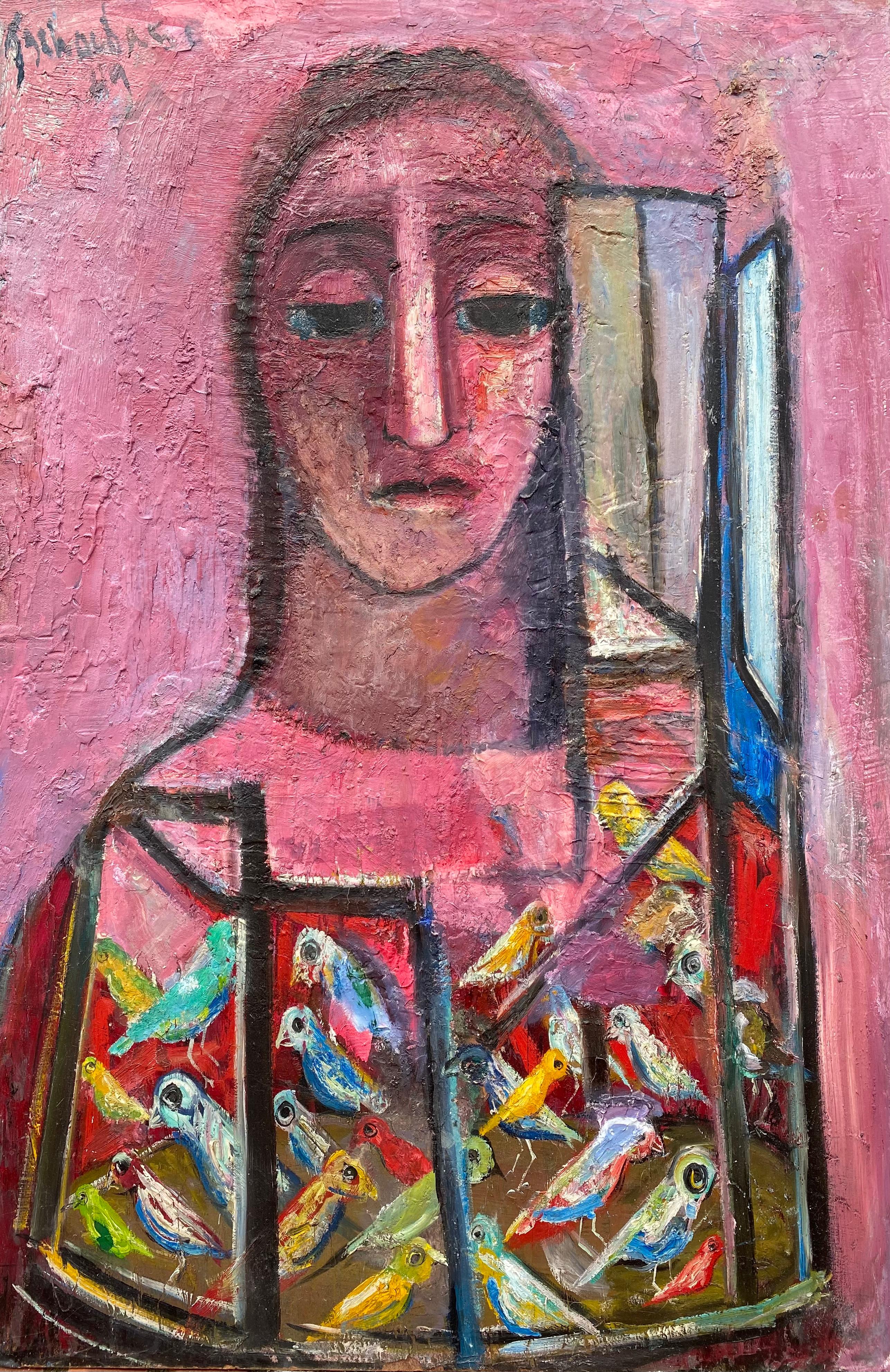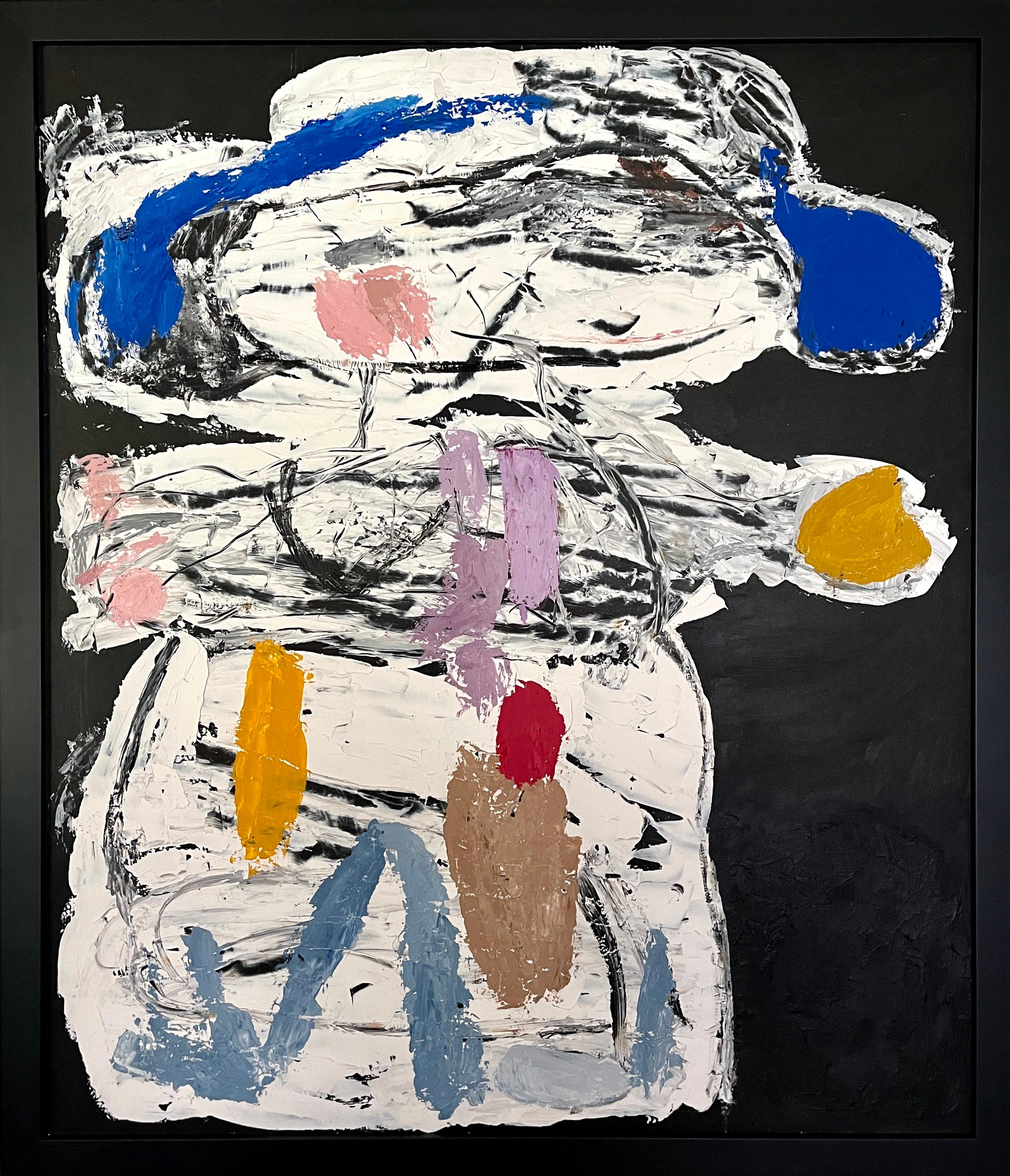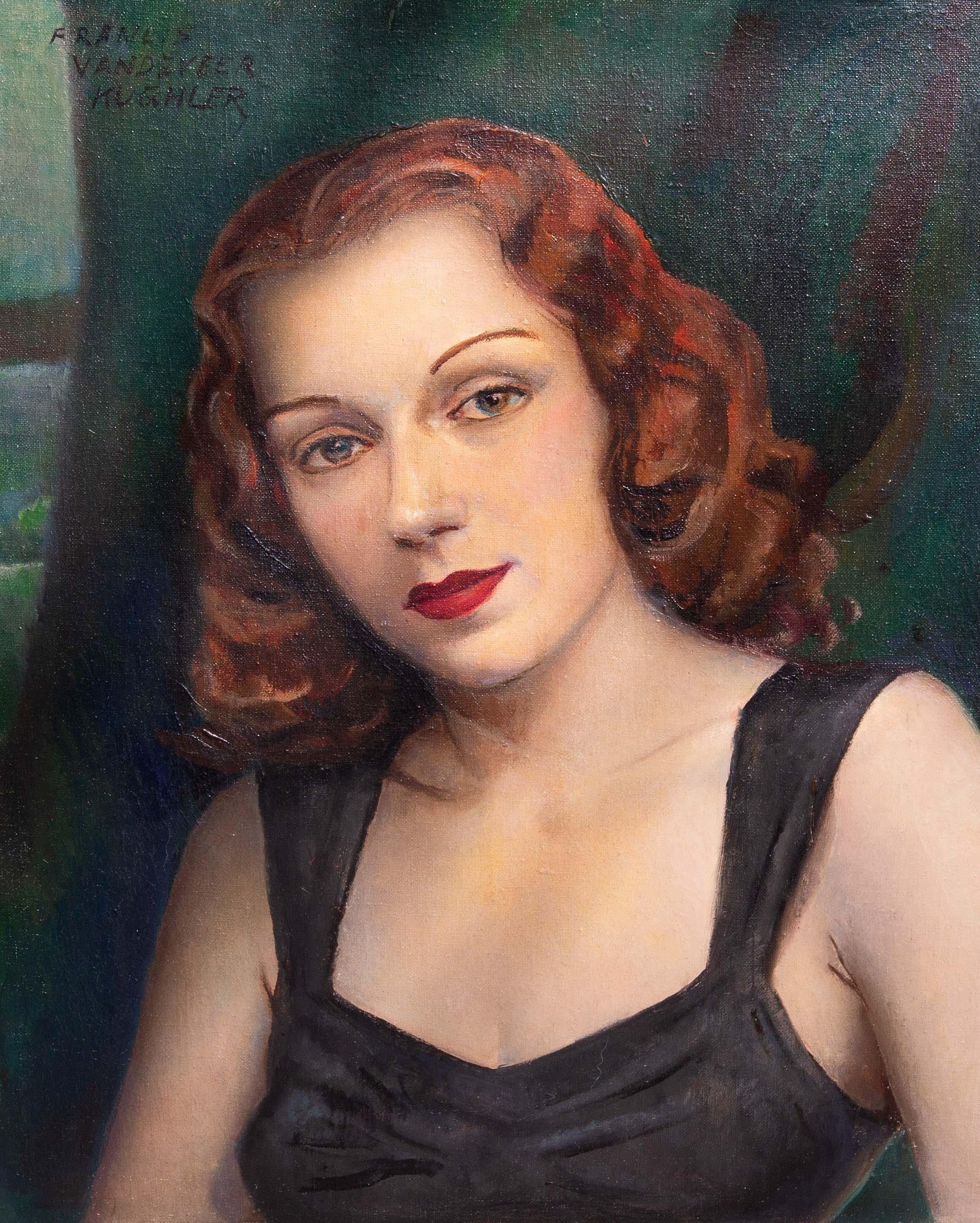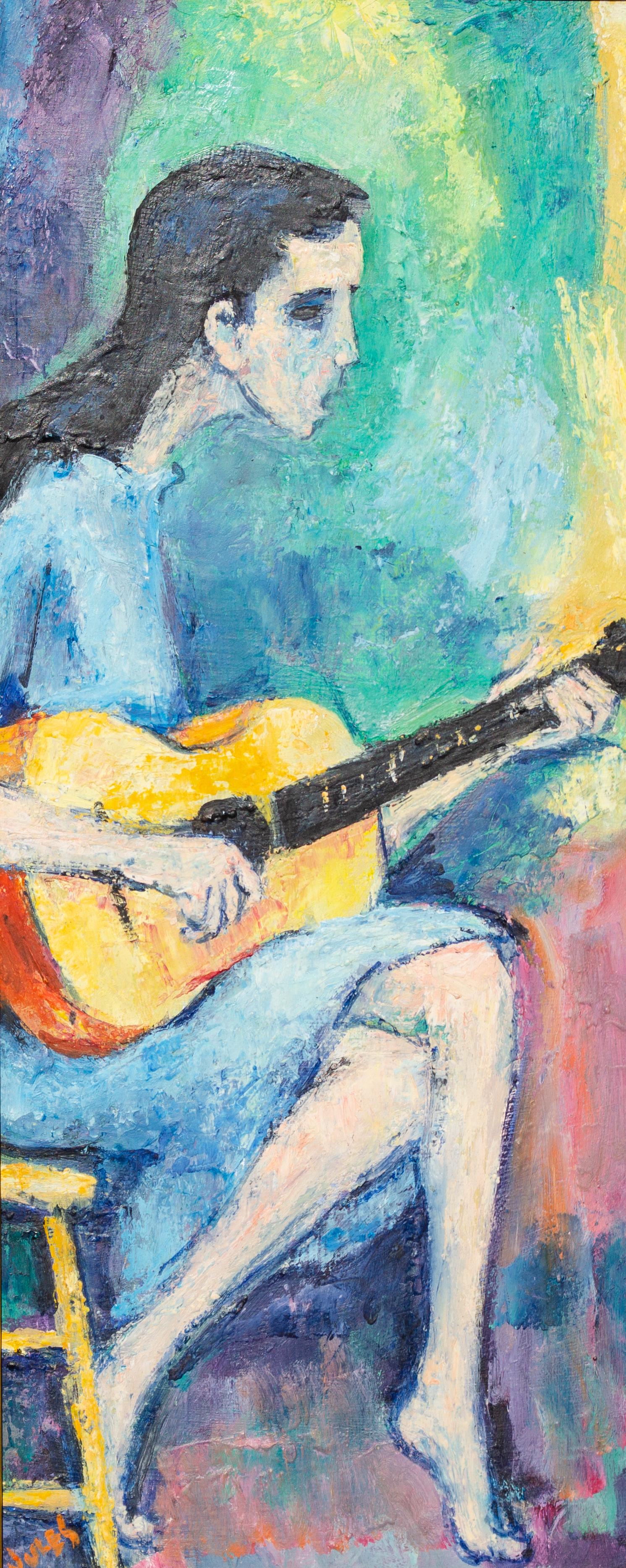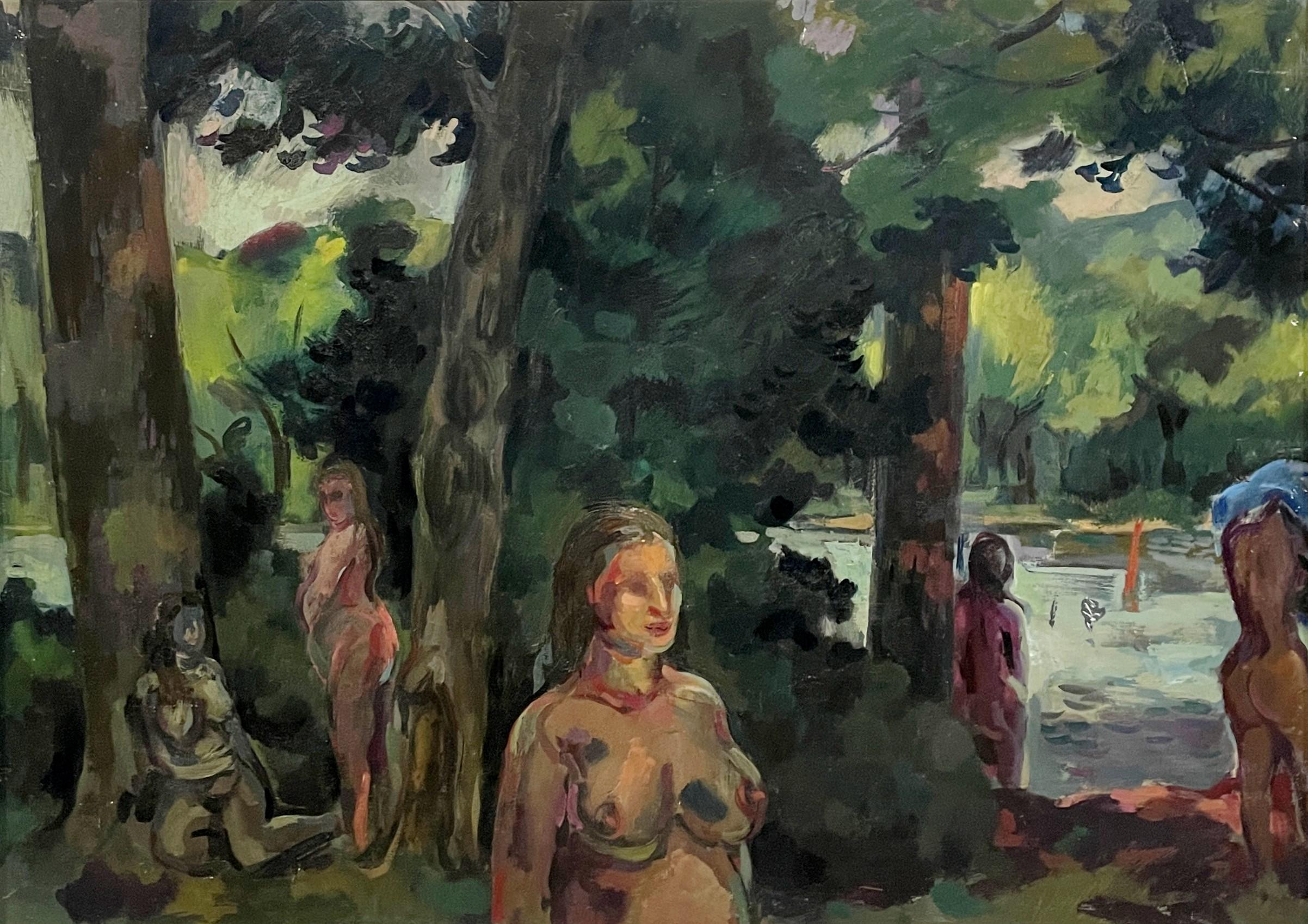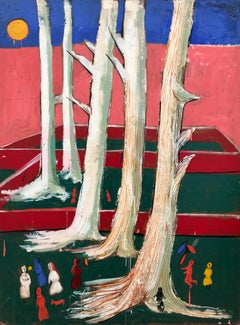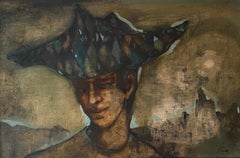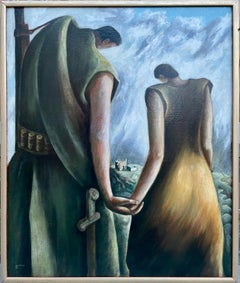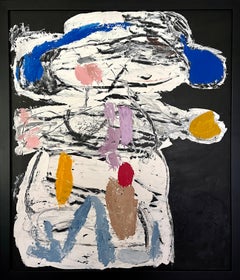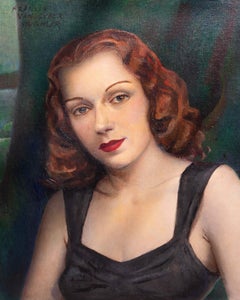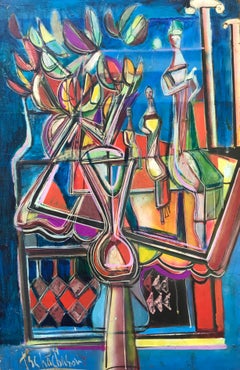
“Flowers and Figures”
Want more images or videos?
Request additional images or videos from the seller
1 of 10
Nahum Tschacbasov“Flowers and Figures”1954
1954
$8,500List Price
About the Item
- Creator:Nahum Tschacbasov (1899-1984, American)
- Creation Year:1954
- Dimensions:Height: 36 in (91.44 cm)Width: 24 in (60.96 cm)Depth: 1 in (2.54 cm)
- Medium:
- Movement & Style:
- Period:
- Condition:
- Gallery Location:Southampton, NY
- Reference Number:1stDibs: LU1415902332
About the Seller
5.0
Platinum Seller
Premium sellers with a 4.7+ rating and 24-hour response times
Established in 1977
1stDibs seller since 2013
536 sales on 1stDibs
Authenticity Guarantee
In the unlikely event there’s an issue with an item’s authenticity, contact us within 1 year for a full refund. DetailsMoney-Back Guarantee
If your item is not as described, is damaged in transit, or does not arrive, contact us within 7 days for a full refund. Details24-Hour Cancellation
You have a 24-hour grace period in which to reconsider your purchase, with no questions asked.Vetted Professional Sellers
Our world-class sellers must adhere to strict standards for service and quality, maintaining the integrity of our listings.Price-Match Guarantee
If you find that a seller listed the same item for a lower price elsewhere, we’ll match it.Trusted Global Delivery
Our best-in-class carrier network provides specialized shipping options worldwide, including custom delivery.More From This Seller
View All“Children in the Park”
By Nahum Tschacbasov
Located in Southampton, NY
Oil on masonite encaustic painting by the well known Russian/American artist, Nahum Tschacbasov. Signed and dated top right, 1952. In good to very good condition. Provenance: Est...
Category
1950s Modern Figurative Paintings
Materials
Masonite, Oil
$7,600 Sale Price
20% Off
“The Jester”
By Richard Kirk
Located in Southampton, NY
Intriguing oil on masonite painting by the American artist Richard Kirk of a young boy wearing a jesters hat. Signed lower right. Circa 1960. Condition is excellent. The painting is in it original painted wood and intentionally distressed frame. Overall measurements framed 22.5 by 30.5 inches. Provenance: Sarasota, Florida collector.
My first recollections were of drawing. I don't remember telling people that I wanted to be an artist. I just loved drawing. At times, it was all that occupied my young mind. My passion for drawing was instantly converted to a passion for painting after I met my best friend's father, Oleg Stavrowsky...
Category
1960s Modern Figurative Paintings
Materials
Masonite, Oil
$1,600 Sale Price
27% Off
“The Wizard”
By Nahum Tschacbasov
Located in Southampton, NY
Here for your consideration is a mid century modern oil painting on masonite by the well known Russian/American artist, Nahum Tschacbasov. The painting depicts an old man with a long wispy beard holding a group of birds. Signed lower right and dated 1954. Presently unframed. Condition is very good. Provenance: The estate of the artist Nahum Tschacbasov.
Nahum Tschacbasov
Biography :
Russian-American artist Nahum Tschacbasov (1899-1984) is known for his cubo-surrealistic works which feature a strong psychological element. Some of his work bears a resemblance to work of another Russian-American artist--David Burliuk. He was somewhat of a late starter, moving to Paris in 1932 to study under Adolph Gottlieb, Marcel Gromaire and Fernand Leger. He had his first exhibition in Paris in 1934. He then returned to the US where he joined Rothko and Gottlieb at the Galery Seccession. He was one of the co-founders of The Ten, a group of social conscious abstract painters which included Rothko, Gottlieb, Joseph Solman and Ilya Bolotowsky, among others.
In 1944, he began to work at Stanley Hayter's Atelier 17, a center for surrealistic ideas. Between 1936 and 1943, he had five one-man exhibitions at the ACA Galleries and participated in five group shows. He also exhibited at the Whitney, the Pennsylvania Academy of Fine Arts, the Knox Albright Museum, the Chicago Institute of Fine Art and Corcoran, among others. His work can be found in the permanent collections of the Met, the Whitney, the Brooklyn Museum and the Jewish Museum.
Tschacbasov has been the subject of two recent retrospective at Fletcher Gallery, Woodstock, NY and Arthur...
Category
1950s Modern Figurative Paintings
Materials
Masonite, Oil
“Woman and Birds”
By Nahum Tschacbasov
Located in Southampton, NY
Mid-century oil on masonite modern painting by the well known Russian/American artist, Nahum Tschacbasov. Signed top left and dated 1949. Titled verso. Condition is fair. Provenanc...
Category
1940s American Modern Figurative Paintings
Materials
Masonite, Oil
$4,600 Sale Price
20% Off
“Portrait of Susan”
By Nahum Tschacbasov
Located in Southampton, NY
Oil on masonite painting by the Russian/American artist, Nahum Tschacbasov. Signed top right and dated 1966. Titled verso. Condition is good. Unframed. Provenance: Sarasota, Flor...
Category
1960s Abstract Expressionist Figurative Paintings
Materials
Masonite, Oil
$6,400 Sale Price
20% Off
"Mystic Woman"
By Nahum Tschacbasov
Located in Southampton, NY
This is a oil on masonite painting by Nahum Tschacbasov done in 1946. Signed lower left and housed in a hand carved wood frame circa 1920. Overall size with frame is 40 x 33 inches.
Category
1940s Abstract Expressionist Figurative Paintings
Materials
Oil, Masonite
$12,800 Sale Price
20% Off
You May Also Like
Homage to the Spanish Republic 1938 oil painting by Julio De Diego
By Julio de Diego
Located in Hudson, NY
An early work by Julio De Diego embodies the deep love he had for his homeland of Spain, combined with his strong emotions against war. The peacefulness of the couple holding hands l...
Category
1930s Modern Paintings
Materials
Masonite, Oil
Neon Lighting WPA Mid 20th Century Social Realism American Scene Modern Figures
By Maurice Becker
Located in New York, NY
Neon Lighting WPA Mid 20th Century Social Realism American Scene Modern Figures
MAURICE BECKER (1889-1975)
'Neon Lighting
17 1/4 x 13 3/4 inches
Oil on masonite
Signed, dated 1936 and titled on verso
BIO
Maurice Becker, painter, political cartoonist and social reformer, was born in 1889 either in Gorky or Niznij Novgorod, in Russia. His family came to the United States in 1892, to New York City. After high school, Becker worked in a clothing factory. He studied with Ash Can School artist Robert Henri in 1908, and exhibited in the famous 1913 Armory Show in New York City when he was only twenty-four years of age.
At the Armory show, Becker showed a drawing of a dog's head...
Category
1930s American Modern Figurative Paintings
Materials
Masonite, Oil
1950s "Boy With Mittens" Oil Impasto Figurative Painting Brooklyn Museum Artist
By Sylvia Rutkoff
Located in Arp, TX
Sylvia Rutkoff (1919-2011)
Sr10-1
c.1950s
“Boy with Mittens”
Oil impasto on Masonite
36x42.5 black wood gallery frame
Signed on reverse in paint
Collection acquired from family estat...
Category
Mid-20th Century Modern Abstract Paintings
Materials
Gesso, Masonite, Oil
Striking Hollywood Regency Portrait of a Red Haired Lady by Kughler 1932
By Francis Vandeveer Kughler
Located in Rochester, NY
Hollywood regency portrait painting of a young woman by Francis Kughler (American 1901-1970). Oil on canvas board. Circa 1932. Unframed.
Born in New York City in 1901, Francis Vandeveer Kughler attended Cooper Union, the Mechanics' Institute, and the National Academy of Design School of Art where he met Charlotte Livingston, an artist, whom he was later to marry.
During this period he was the winner of a Tiffany scholarship, which provided him a summer of landscape painting at the Louis Comfort Tiffany estate at Oyster Bay, L.I.
In the 1940s, Kughler became the President of the Salmagundi Club, a well-known art club in Washington Square in New York City.Well-known as a muralist, society portrait painter and lithographer, he was a prolific painter who made cityscapes, landscapes, and nudes. He and his wife, Charlotte Livingston, lived and worked in Bronx, New York.
mid century modern wpa impressionist...
Category
Mid-20th Century Modern Figurative Paintings
Materials
Masonite, Oil
"Cumbres Pass, Colorado" Chuzo Tamotzu, 1956 Intense Color, Modernist Landscape
Located in New York, NY
Chuzo Tamotzu
Cumbres Pass, Colorado, 1956
Signed and dated lower left; titled on artist label on the reverse
Oil on Masonite
36 x 48 inches
Tamotzu was born in Kagoshima Prefectur...
Category
1950s Modern Figurative Paintings
Materials
Masonite, Oil
Mervin Jules Folk Singer Portrait, Signed
By Mervin Jules
Located in New York, NY
Mervin Jules (American, 1912-1994)
Folk Singer, 20th century
Oil on masonite
18 x 7 1/2 in.
Signed lower left: Jules
Provenance: Garelick's Gallery, Detroit
Matte included, no fram...
Category
20th Century American Modern Figurative Paintings
Materials
Masonite, Oil
